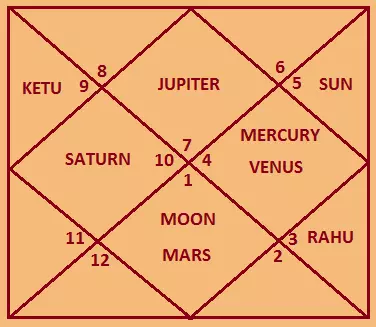Uttarayana in Astrology or Jyotish

Best Astrologer in India: - Dr.A.S.Kalra


Uttarayana in Indian Vedic Astrology
Uttarayana is a significant astronomical and astrological phase in the Indian Vedic calendar. It refers to the northward movement of the Sun (Surya) in the celestial sphere. In Indian tradition, the year is divided into two major segments: Uttarayana (northern journey of the Sun) and Dakshinayana (southern journey of the Sun).
What is Uttarayana?
Uttarayana begins with the auspicious festival of Makar Sankranti, which usually falls on January 14th every year, when the Sun enters the zodiac sign of Capricorn (Makara Rashi). From this point, the Sun starts moving northward, symbolically toward higher realms of light and consciousness.
Astrological and Spiritual Significance
- Uttarayana is considered highly auspicious and spiritually uplifting in Vedic culture.
- This phase is said to be more favorable for spiritual practices, religious rituals, and seeking divine blessings.
- It is believed that those who die during Uttarayana attain higher spiritual realms due to the positive solar influence.
- According to the Bhagavad Gita, Uttarayana is the path of light (Shukla Paksha) through which liberated souls travel.
Uttarayana vs Dakshinayana
The year is divided into two parts based on the Sun's movement:
- Uttarayana: Mid-January to mid-July (from Makar Sankranti to Karka Sankranti) – northward movement of the Sun.
- Dakshinayana: Mid-July to mid-January – southward movement of the Sun.
Importance in Rituals and Festivals
Several major festivals and sacred time periods such as Makar Sankranti, Maha Shivratri, Holi, Ram Navami, and Guru Purnima fall during Uttarayana. It is believed that any positive karmic actions taken during this time yield better results.
Conclusion
In Indian Vedic Astrology, Uttarayana is more than just an astronomical event; it symbolizes spiritual ascent, divine light, and a favorable period for growth in all aspects of life. Understanding its significance helps align one’s practices and rituals with cosmic rhythms.
